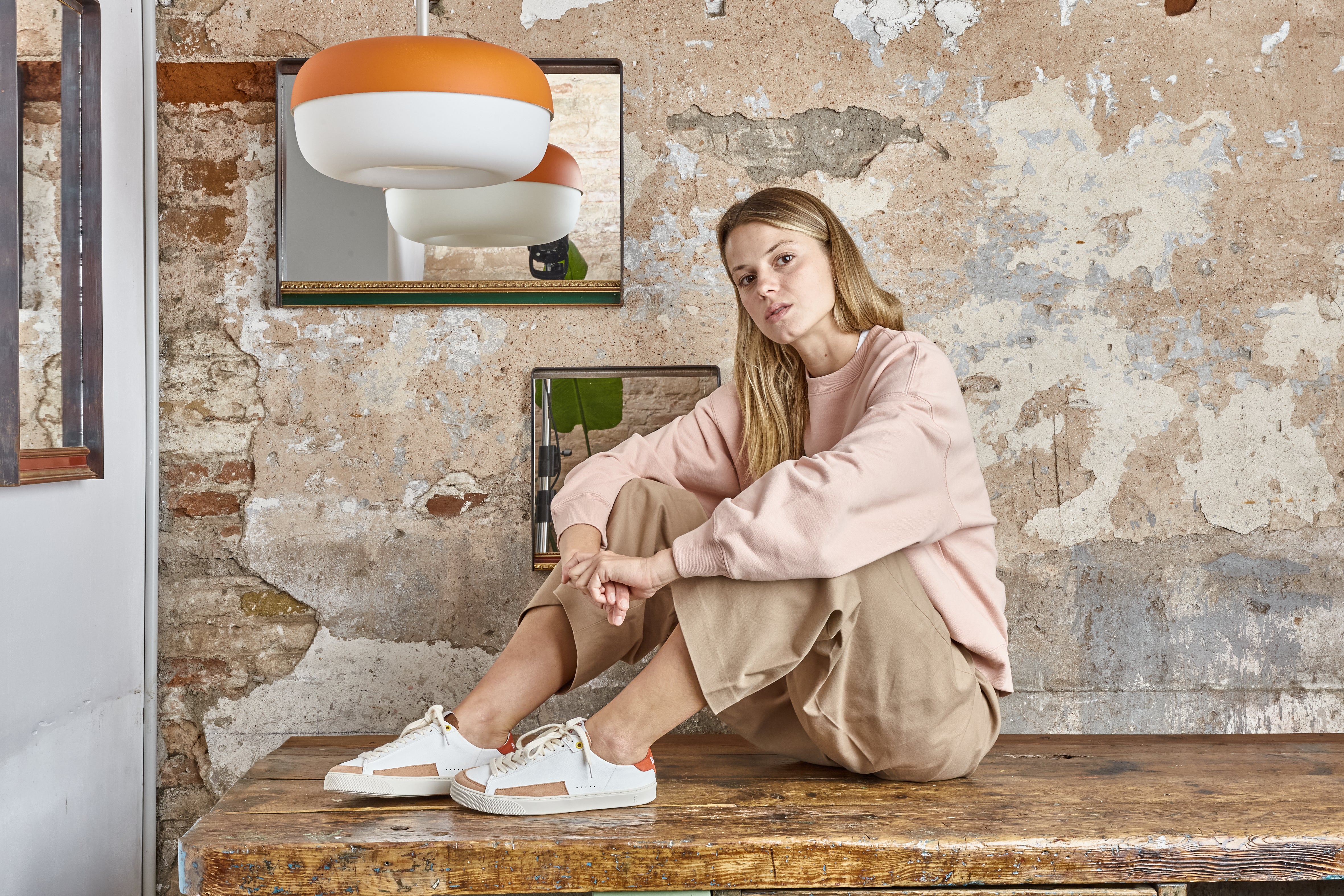As parents, we all want to make the best choices for our children—especially when it comes to their health and development. One of the often-overlooked aspects of early childhood development is footwear. A recent study has shed light on the potential benefits of barefoot shoes for toddlers, suggesting that they may promote better foot posture and development compared to conventional shoes.
The Study: Barefoot vs. Conventional Shoes
Researchers compared toddlers who had been habitually wearing barefoot shoes (designed to mimic natural barefoot walking) versus those who wore conventional shoes from their first steps. Their goal was to examine how different footwear affects foot development, including arch formation, gait patterns, and overall foot structure.
The results? Toddlers in barefoot shoes showed signs of healthier foot development.
Key Findings
-
Better Arch Development in Barefoot Shoe Wearers
-
The study found that toddlers who wore conventional shoes had higher pressure on the medial (inside) part of the foot, which could be linked to a flatter arch or excessive pronation (inward rolling of the foot).
-
In contrast, toddlers in barefoot shoes demonstrated a higher plantar arch, which is associated with better foot strength and stability.
-
-
Improved Gait Patterns
-
Barefoot shoe wearers had a smaller foot progression angle, meaning their feet were positioned more naturally while walking.
-
This suggests that barefoot shoes may support a more biomechanically efficient walking pattern, reducing strain on the joints and muscles.
-
-
No Significant Effect on Forefoot Width
-
Both groups maintained a natural forefoot width proportional to foot length, meaning neither type of footwear had a negative impact on foot width growth.
-
What This Means for Parents
These findings support what many pediatric foot experts have been saying for years—allowing children to go barefoot or wear barefoot shoes can be beneficial for their foot health. Here’s why you might want to consider barefoot shoes for your toddler:
-
Encourages Natural Foot Development – Without restrictive, rigid soles, the foot muscles and tendons strengthen naturally.
-
Reduces the Risk of Flat Feet and Overpronation – A stronger arch and proper foot mechanics help prevent potential issues later in life.
-
Supports Healthy Walking Patterns – Barefoot shoes promote a more natural gait, which can have long-term benefits for balance and coordination.
How to Make the Switch
If your child has been wearing conventional shoes, transitioning to barefoot shoes doesn’t have to be abrupt. Here’s how you can make it smoother:
-
Introduce More Barefoot Time – Let your child walk barefoot indoors or on safe, natural surfaces like grass and sand.
-
Choose the Right Barefoot Shoes – Look for flexible soles, a wide toe box, and no heel elevation.
-
Monitor Comfort and Fit – Ensure your toddler's shoes allow natural movement without restriction.
Final Thoughts
While more research is always valuable, this study provides compelling evidence that barefoot shoes could be a better option for supporting your toddler’s natural foot development. If you're looking for a way to give your child the best foundation for healthy movement, consider introducing more barefoot time or investing in high-quality barefoot shoes.
What are your thoughts on barefoot shoes for kids? Have you noticed a difference in your child’s walking or foot development? Let’s discuss in the comments!





